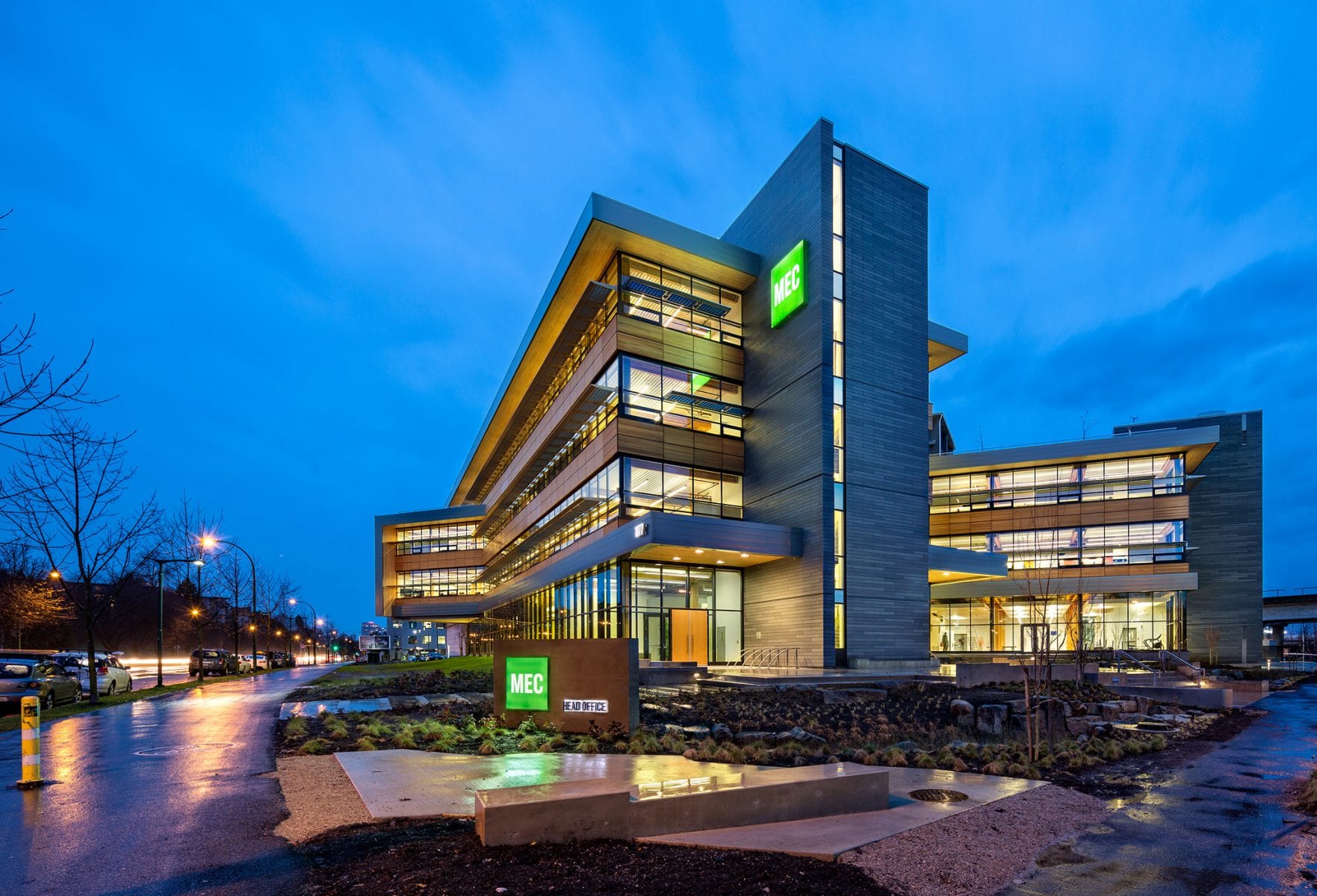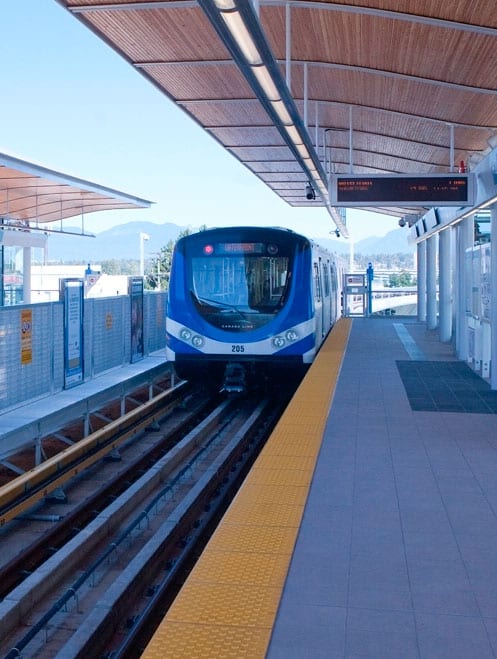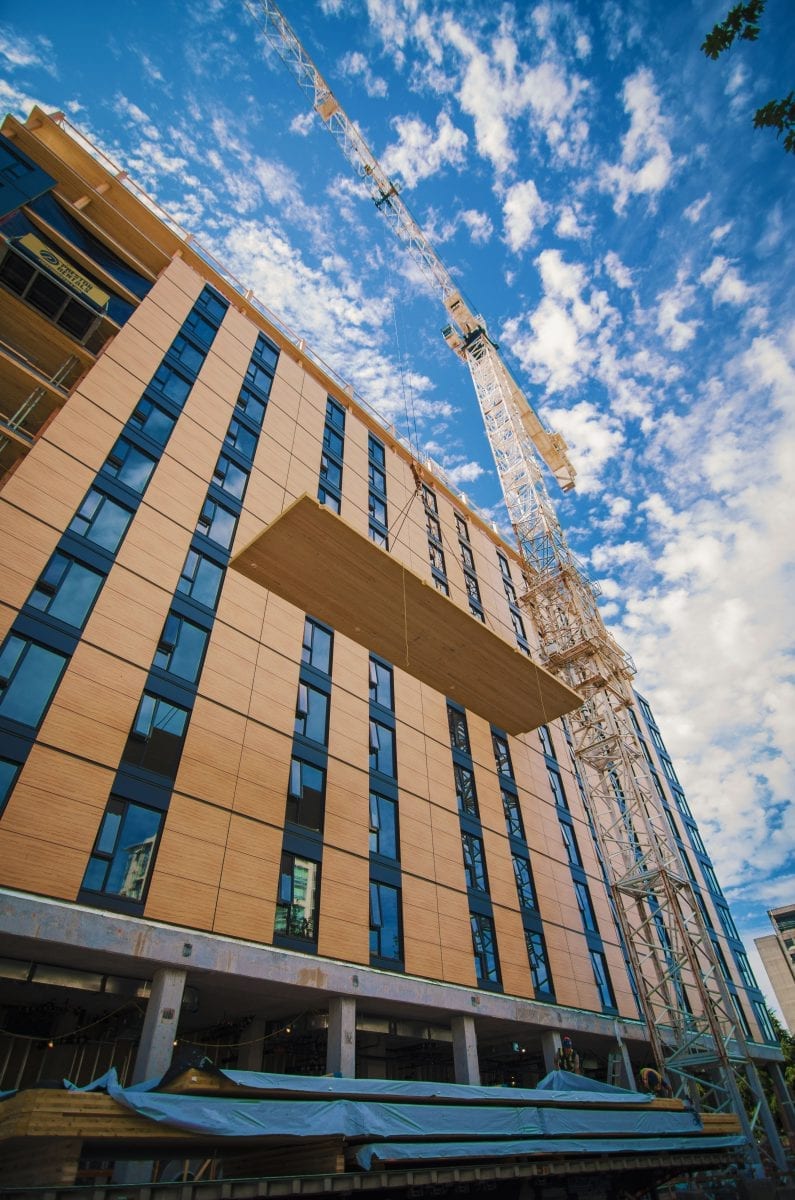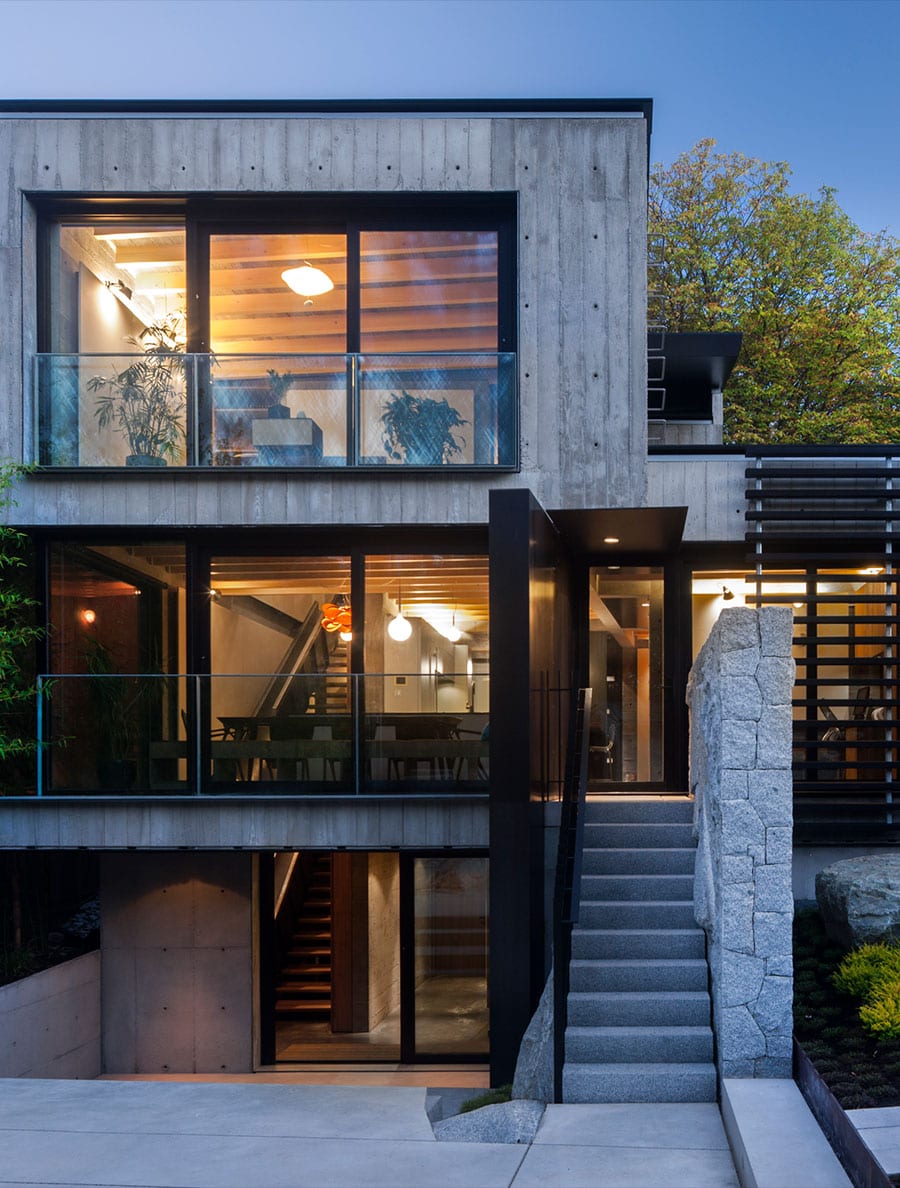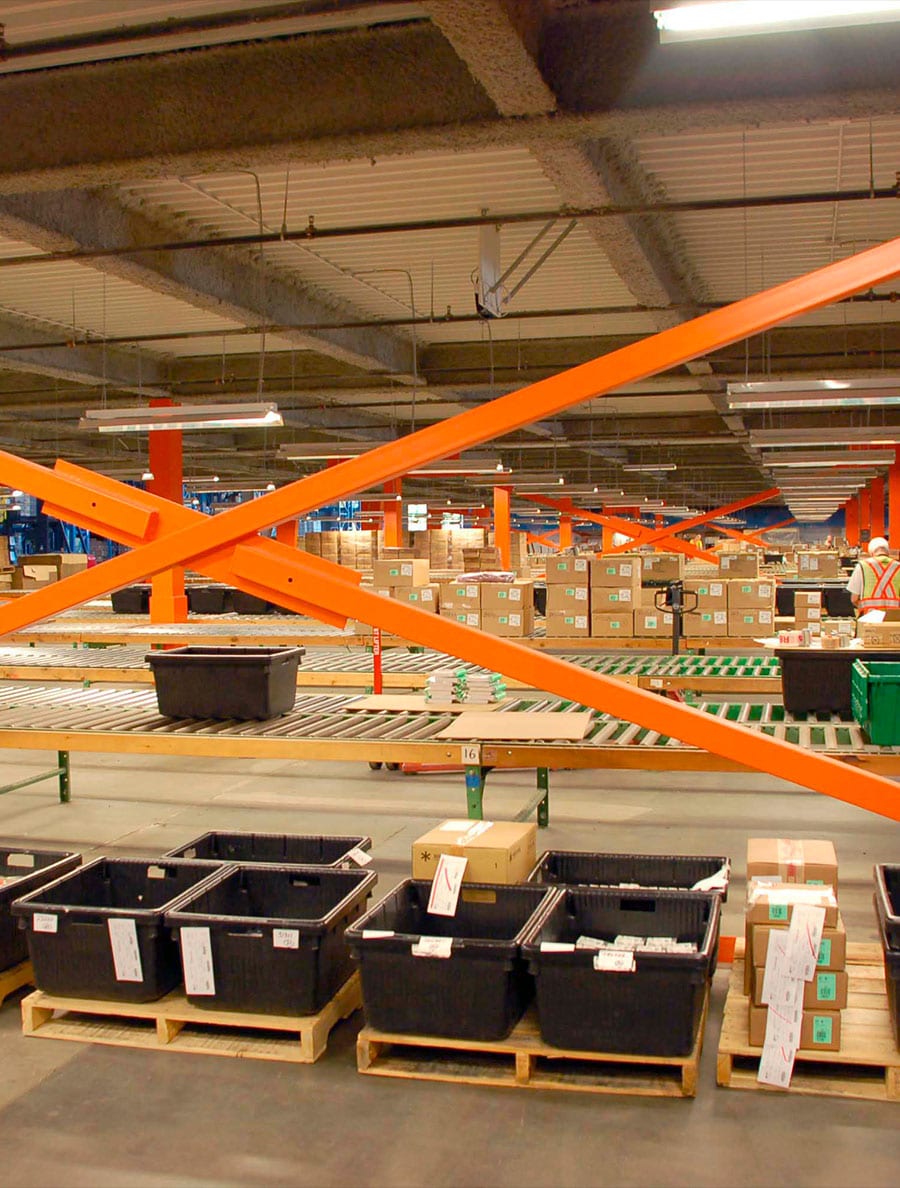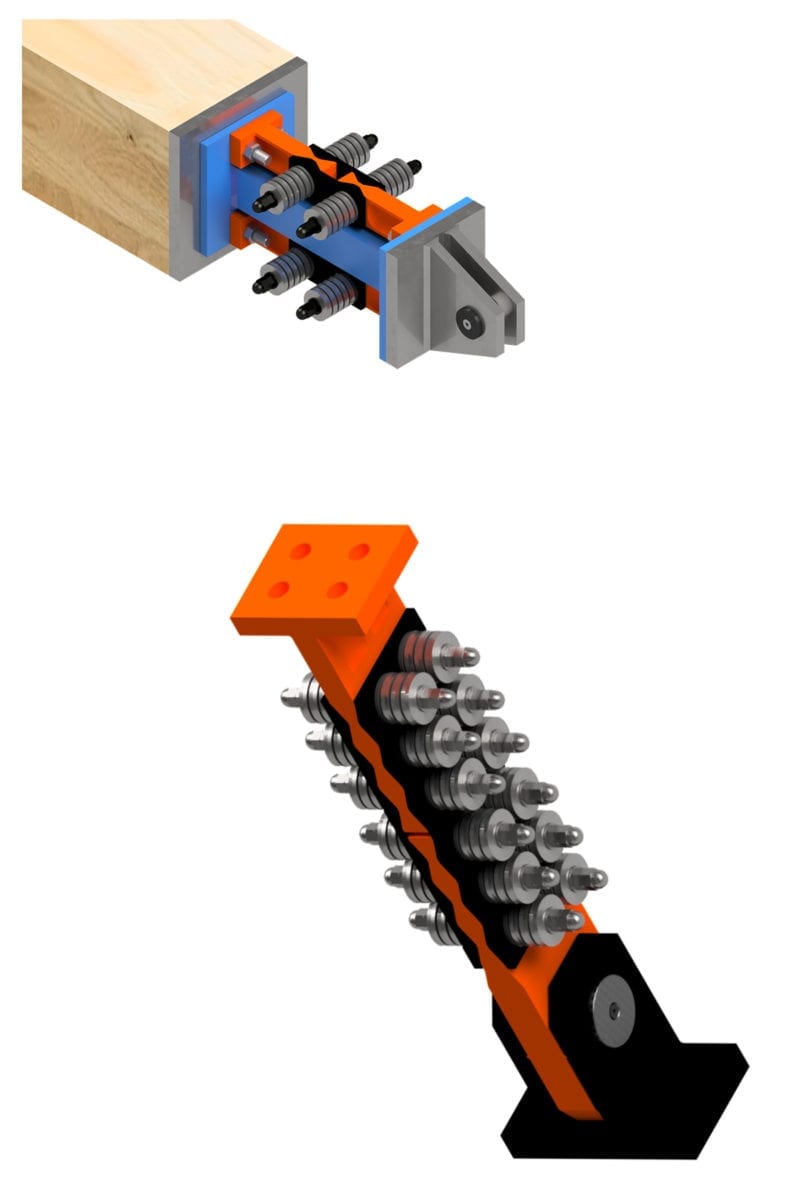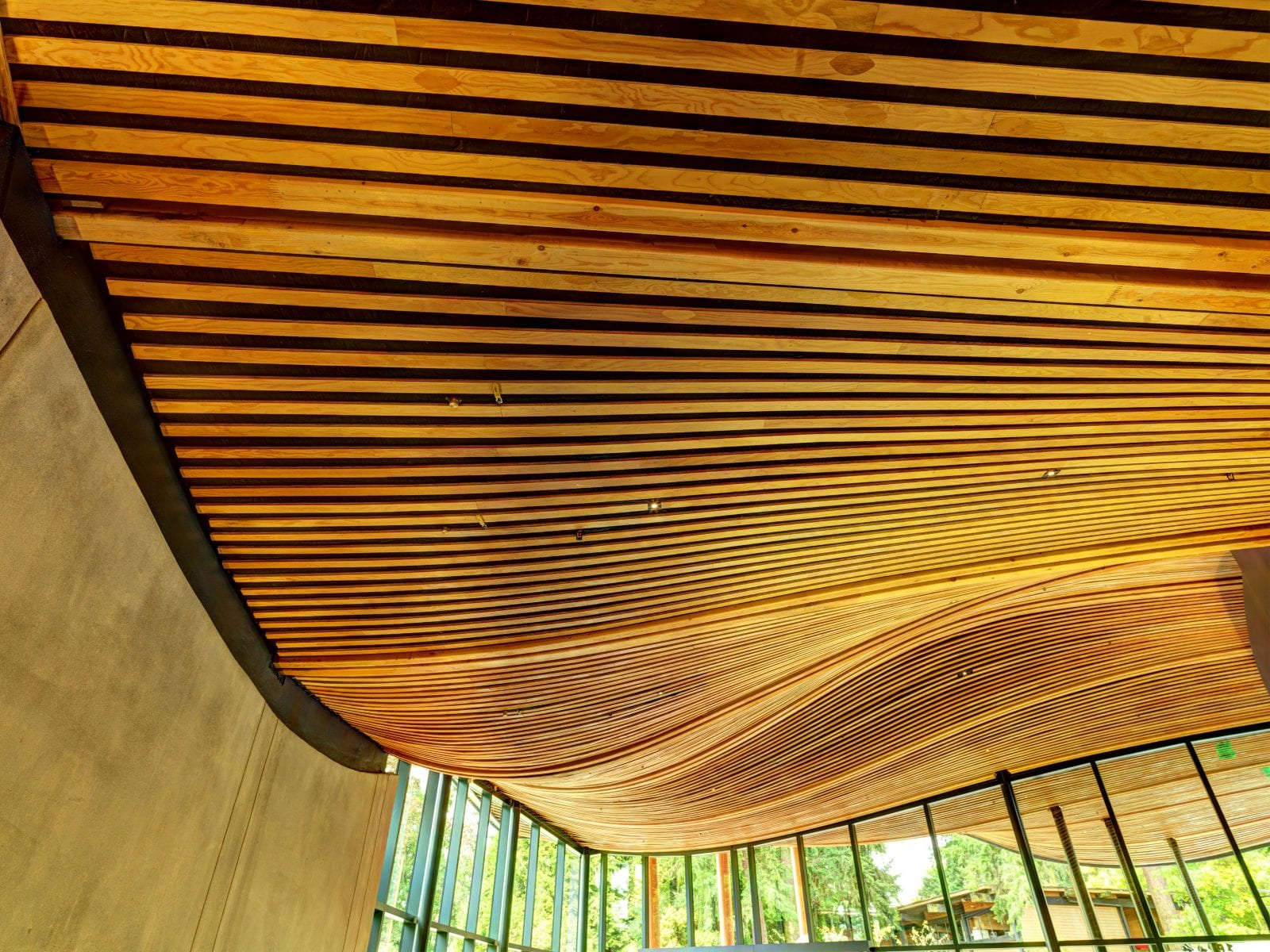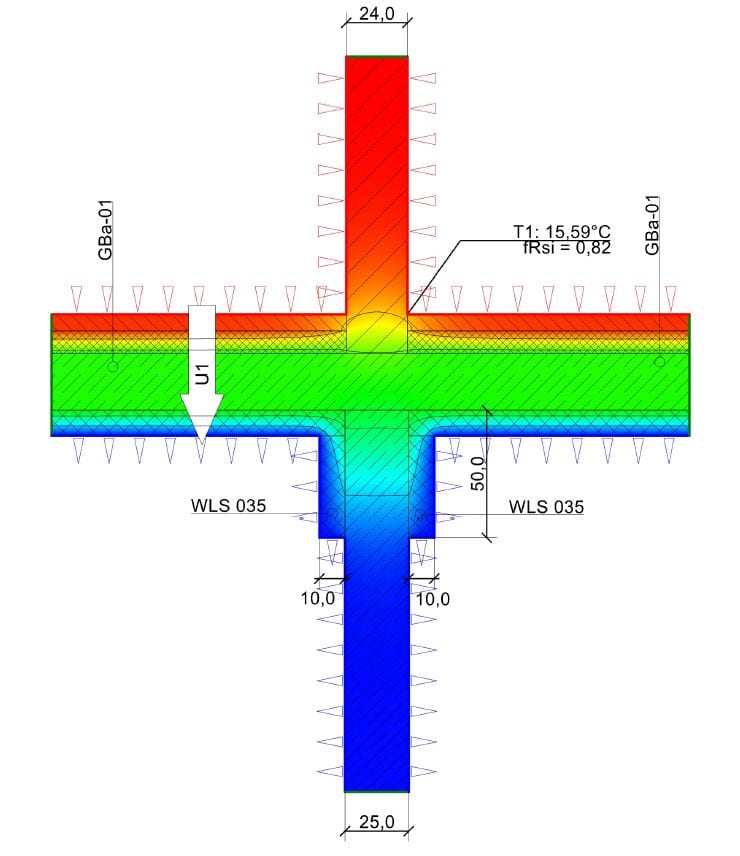Building Design
Building design is the heart of our business and a key opportunity to apply fresh thinking to every project – small or tall. Fast + Epp has been privileged to collaborate with many adventuresome architects; with their support (and the triumphs of engineering greats who have gone before us), we have been able to continually push the boundaries of design. These opportunities have challenged us to adapt our creative approach on a regular basis, learning and improving with each new project.
When it comes to building design, we strive to be revolutionaries in our field when necessary, as well as purveyors of the tried, tested, and true.
Portfolio Examples
Healthcare Recreational Educational ResidentialCommercial Civic Cultural Indigenous
